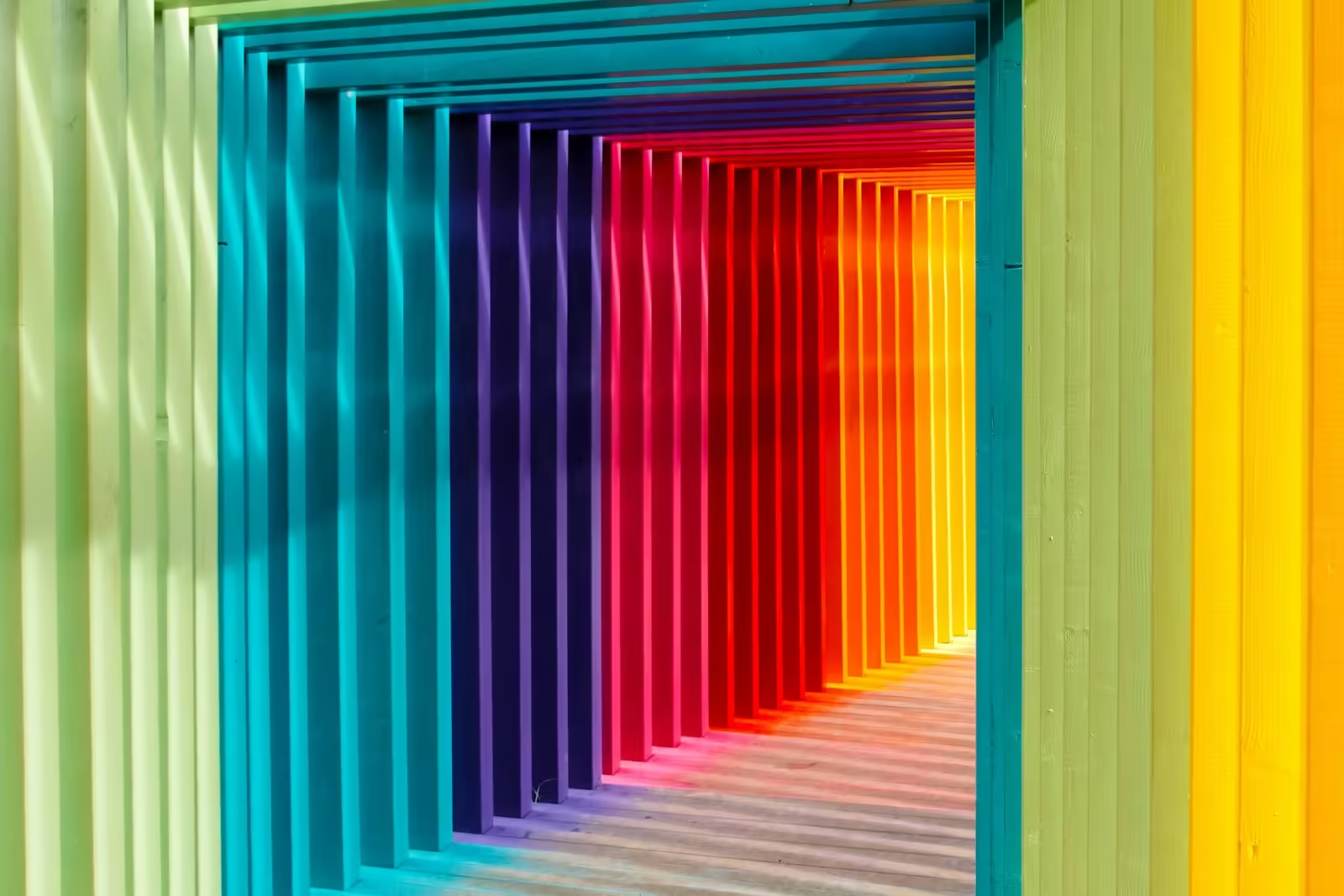
Table of Contents
A 50/50 mixture of water and antifreeze is called coolant. Like motor oil, coolant is pumped through an internal combustion engine to dissipate heat, prevent corrosion, and support proper motor operation at low temperatures. Not every internal combustion engine vehicle uses the same antifreeze and water mixture, although they all have a coolant-filled cooling system. When you open the Toyota’s coolant reservoir and compare it to the Chevy’s, you’ll notice that the fluids in the two are different colors. Apart from the specific shades of blue, green, orange, pink and red coolants, you can also find purple and yellow coolants.
Different colors were used to differentiate the different types of antifreeze contained in different coolants. Inorganic Additive Technology (IAT) produced blue or green antifreeze, while Extended Life Coolants (ELCs) came in orange or red. The coolant hue served as a reliable signal of the type of antifreeze the car was filled with, so these colors were especially useful for do-it-yourselfers who didn’t have access to an owner’s handbook or service guide. Nowadays, the color of the coolant is more important to the manufacturer than the antifreeze it contains.
When purchasing coolant for their automobile, drivers can no longer rely on color because the shade of coolant is no longer a valid indicator of antifreeze type. Each engine is made to work with a specific type of water and antifreeze combination, and Mixing two different types of coolant can cause expensive damage and can be extremely harmful to your engine. For this reason, when it comes time to flush the cooling system or drain your coolant, you should refer to your owner’s manual to make sure you are purchasing the correct product for your automobile.
Read more: 10 Best Motor Oil Brands, Ranked
What’s The Difference Between Different Coolant Colors?

Although not redundant, modern coolant colors also reveal nothing about the fluid itself. Different automakers and automotive fluid suppliers use different colors when it comes to coolant. For example, Toyota’s original equipment manufacturer (OEM) coolant comes in two colors: red and pink. On the other hand, German automakers like Audi, Volkswagen and Porsche are often associated with purple coolant. It is possible to come across two brands with the same color but different antifreeze solutions. Similarly, you may see two brands that are chemically identical but have different colors.
You can’t choose a coolant for your automobile just by its color; Some manufacturers still use the original coolant color code. Nowadays, the manufacturer has more influence over the color of the coolant than the chemical makeup. You should only use IAT coolant to fill your car’s radiator if you are using it. Similarly, if your car accepts it, you should use high-quality OAT coolant to fill the radiator. The same applies for all other types of coolants. Always make sure you fill your radiator with the correct product by consulting your owner’s handbook, reputable mechanic or auto parts store.
What Happens If You Mix Different Coolants?

Different types of antifreeze can harm your engine, as each engine is designed to perform best when used with a specific type of coolant. For example, adding IAT and OAT coolant to your radiator can cause gel to develop, which can block your engine’s cooling system and cause serious damage. What about different colors of coolant?
As mentioned earlier, coolant colors are no longer a reliable indicator of the type of antifreeze in the fluid—IAT, OAT, or any other. This means that it is possible to see two types of OAT coolants that have different colors. If so, combining the two should not harm your car’s engine. However, it is imperative that you ensure that the two coolants match your vehicle’s specifications; If it isn’t, your engine can overheat and cause expensive damage. Generally speaking, it’s best to stay away from mixing different colors of coolant. The risks far outweigh the benefits, even if you don’t have any problems doing so.
Finally, following your manufacturer’s guidelines is the single greatest way to prevent damage to your engine and surrounding components.and fill your car with coolant that matches its needs.
READ | 5 best purposes for lighting a Diya near your Tulsi plant every day at home


1 thought on “An explanation of Coolant colors, including what happens if you mix them wrong”